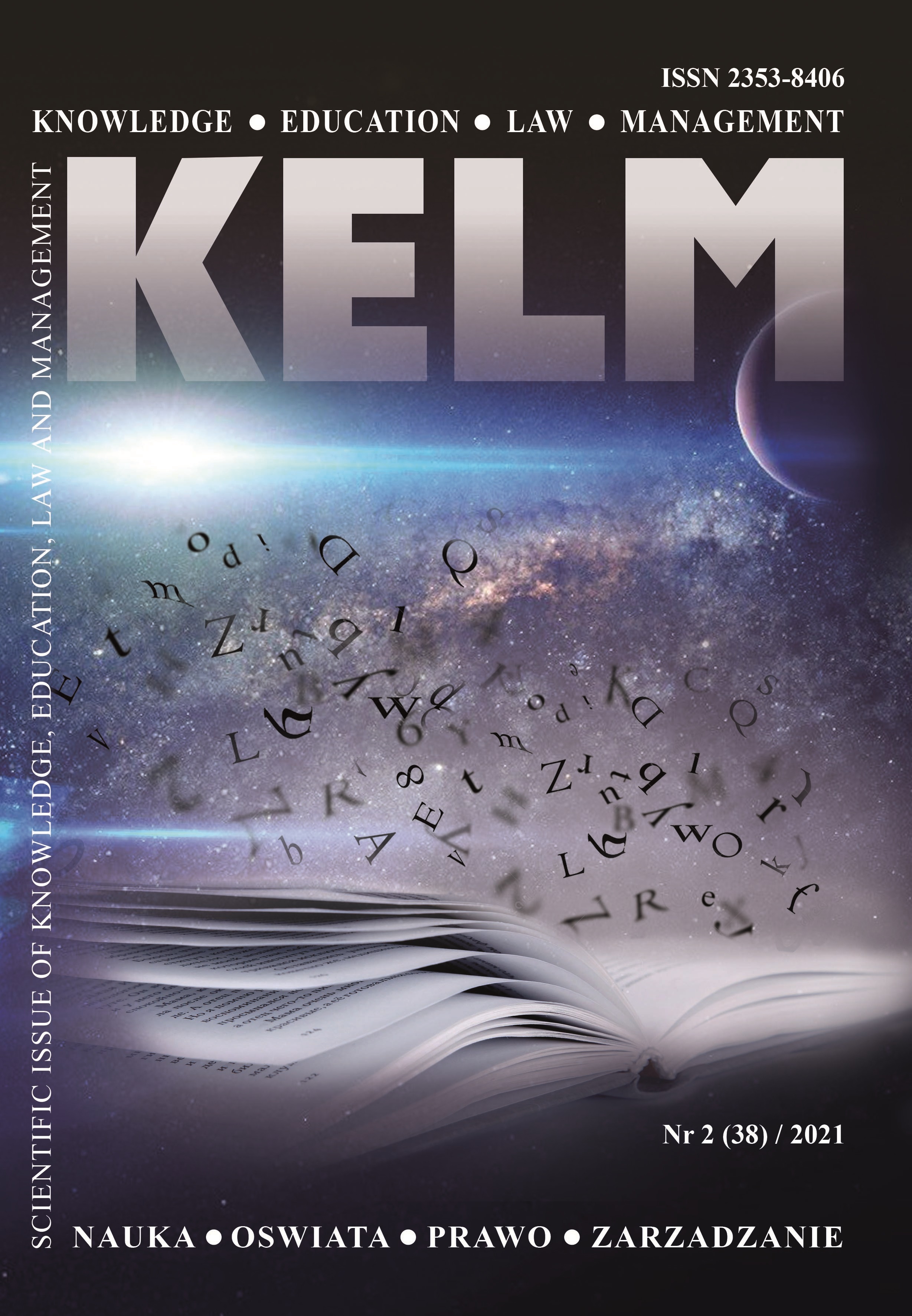Yulia Bondar
Postgraduate Student at the Faculty of Pedagogy and Psychology
Ternopil Volodymyr Hnatiuk National Pedagogical University (Ternopil, Ukraine)
ORCID ID: 0000-0003-4184-5424
Anotation. The article is devoted to the problem of categorical distinction between the concepts of “interactive technology” and “interactive method of teaching”, because in pedagogy they are often identified. The author notes that in order to distinguish between these terms, it is necessary to clearly define their structural features. The aim of the research is to establish the differences between the concepts of “interactive technology” and “interactive teaching method”. In order to reveal the theoretical foundations of the outlined research problem, the methods determine the theoretical analysis and generalization of literature sources. In particular, the author reveals the meaning of the concepts “technology” and “pedagogical technology”. The criteria of manufacturability, which must be met by pedagogical technology and their essence is revealed. It is established that interactive learning technologies belong to pedagogical, as they correspond to all the features of the system. The essence of the concept “pedagogical technology of interactive learning” is revealed. Emphasis is placed on the technological approach, which is the basis for building a lesson using interactive technologies. Peculiar features of interactive pedagogical technologies are singled out. Attention is drawn to the lack of a single classification of interactive learning technologies. The conditional classification depending on forms of the organization of educational activity of pupils, the purpose of a lesson and on distribution of interactive methods is offered. The essence of the concept of “teaching method” is highlighted and different interpretations of the “interactive teaching method” are given. The main functions of teaching methods are defined, such as motivational, educational, developmental, educational, organizational. The classification of interactive methods according to the principle of interaction is given. Emphasis is placed on the focus of interactive methods on the realization of cognitive needs and interests of the individual. The difference between learning technology and teaching method is determined. Attention is drawn to the fact that interactive technology is a holistic system, the subsystems of which are instruction, action and reflection. The component structure of the interactive method of teaching is presented, which includes the purpose, content, way of organizing the activities of teachers and students, forms of interaction of learning subjects, reflection and result. It is concluded that in order to obtain a learning outcome in each component of learning technology, one or more methods must be used.
Keywords: The article is devoted to the problem of categorical distinction between the concepts of “interactive technology” and “interactive method of teaching”, because in pedagogy they are often identified. The author notes that in order to distinguish between these terms, it is necessary to clearly define their structural features. The aim of the research is to establish the differences between the concepts of “interactive technology” and “interactive teaching method”. In order to reveal the theoretical foundations of the outlined research problem, the methods determine the theoretical analysis and generalization of literature sources. In particular, the author reveals the meaning of the concepts “technology” and “pedagogical technology”. The criteria of manufacturability, which must be met by pedagogical technology and their essence is revealed. It is established that interactive learning technologies belong to pedagogical, as they correspond to all the features of the system. The essence of the concept “pedagogical technology of interactive learning” is revealed. Emphasis is placed on the technological approach, which is the basis for building a lesson using interactive technologies. Peculiar features of interactive pedagogical technologies are singled out. Attention is drawn to the lack of a single classification of interactive learning technologies. The conditional classification depending on forms of the organization of educational activity of pupils, the purpose of a lesson and on distribution of interactive methods is offered. The essence of the concept of “teaching method” is highlighted and different interpretations of the “interactive teaching method” are given. The main functions of teaching methods are defined, such as motivational, educational, developmental, educational, organizational. The classification of interactive methods according to the principle of interaction is given. Emphasis is placed on the focus of interactive methods on the realization of cognitive needs and interests of the individual. The difference between learning technology and teaching method is determined. Attention is drawn to the fact that interactive technology is a holistic system, the subsystems of which are instruction, action and reflection. The component structure of the interactive method of teaching is presented, which includes the purpose, content, way of organizing the activities of teachers and students, forms of interaction of learning subjects, reflection and result. It is concluded that in order to obtain a learning outcome in each component of learning technology, one or more methods must be used.
